Dark tourism continues to attract travellers who want to face the somber chapters of human history. Indeed, it challenges us to remember the past and learn from its lessons. These destinations do not simply mark tragedy. Instead, they serve as powerful memorials to loss, resilience, and the complexities of human experience.
In this follow-up to our previous exploration of dark tourism, we present ten more locations. Notably, each place preserves a darker moment in history while urging visitors to reflect, understand, and pay tribute. Moreover, each site has its own unique story and atmosphere, reminding us that ethical travel demands respect, empathy, and education.
Also read: 5 Beautiful Locations to Visit After Dark: The Rise of Noctourism
1. Catacombs of Paris, France
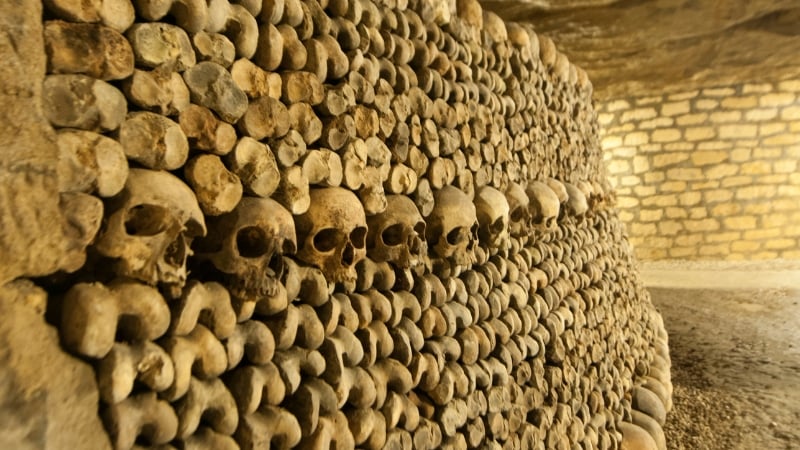
Image credit: Andrea Izzotti via Getty Images
Beneath Paris’s lively streets lie the Catacombs, a vast underground ossuary. This maze of tunnels was created in the late 18th century to solve the problem of overflowing cemeteries in the city. Consequently, millions of bones and skulls line the tunnels in neat yet unsettling formations. Today, guided tours explain how this monument began and evolved. Here, visitors can discover the delicate link between life and death in one of the world’s most admired cities.
2. Gravensteen Castle, Ghent, Belgium
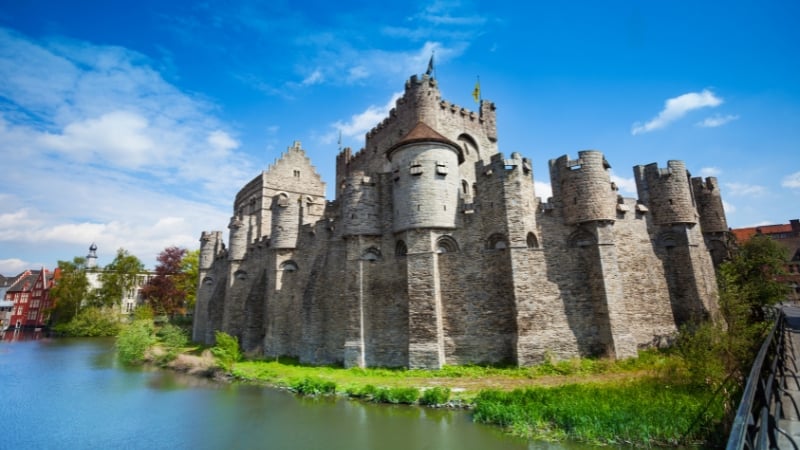
Image credit: Sergey Novikov via Canva Pro
Constructed in 1180, Gravensteen Castle overflows with medieval history. Over time, it served as a noble home, court, prison, and even a cotton factory. Indeed, its dark corridors once held torture chambers, revealing harsh tales of justice in the Middle Ages. Today, an audio guide outlines these grisly stories, and the rooftop views offer a sharp contrast between modern life and the castle’s troubled past.
3. Silver Mines, Potosí, Bolivia
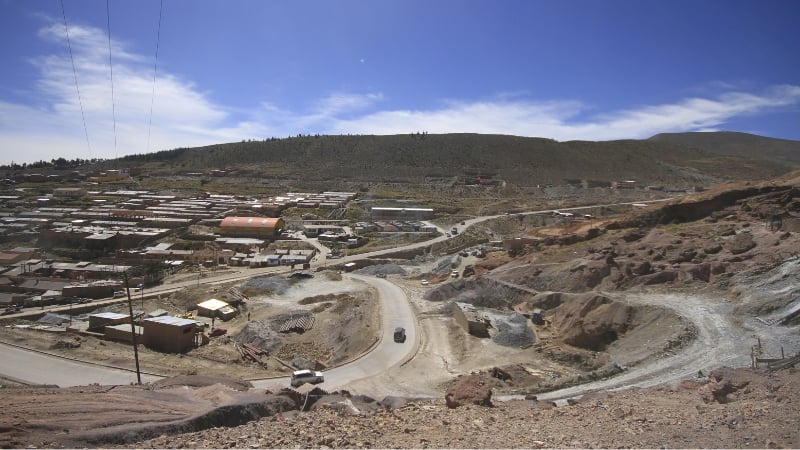
Image credit: DreamArtist via Canva Pro
High in the Andes, the silver mines of Potosí symbolise colonial exploitation. Once the major source of wealth for the Spanish Empire, these mines saw brutal labour conditions for its workers, even to this day. Today, tours to the mines still reveal miners using archaic methods without proper safety equipment. Moreover, local legends speak of a devil-god who protects the mountain, reflecting deeply rooted beliefs. Ultimately, this location shows the human cost hidden behind the glitter of precious metals.
4. Guanajuato Mummy Museum, Mexico
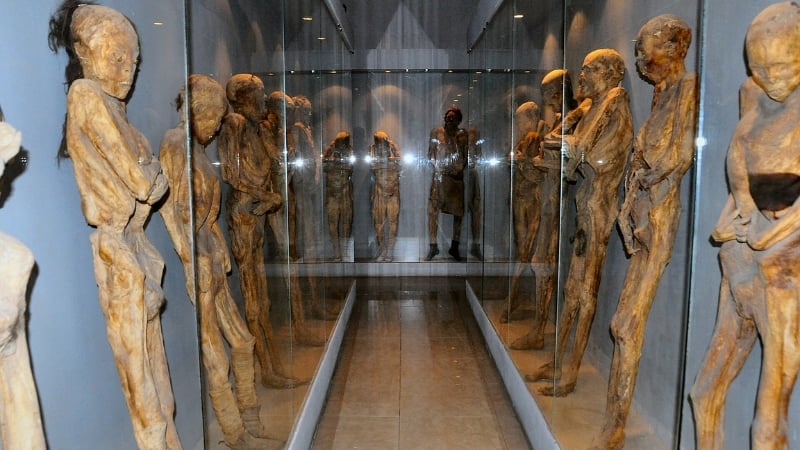
Image credit: Russ Bowling | Flickr
In Guanajuato, the Museo de las Momias remains a standout dark tourism spot. Natural mummification occurred here due to the region’s dry climate and particular burial practices. Indeed, the museum displays remains of adults and even a small infant mummy, challenging many taboos about death. Above all, in a country that actively celebrates the cycle of life and death, such as during the Día de los Muertos holiday, this museum offers a thoughtful view of mortality.
5. Alcatraz Federal Penitentiary, USA

Image credit: Chris Szwedo via Getty Images
Alcatraz Federal Penitentiary sits in the cold waters of San Francisco Bay. Initially a military facility, it later housed both military and civilian inmates under maximum-security conditions. Stories of isolation and bold escape attempts still echo in its dim corridors. Today, guided tours lead visitors through the cell blocks and reveal the grim realities of prison life. Consequently, Alcatraz stands as a stark symbol of the penal system’s harshness.
6. Jallian Wala Bagh, India
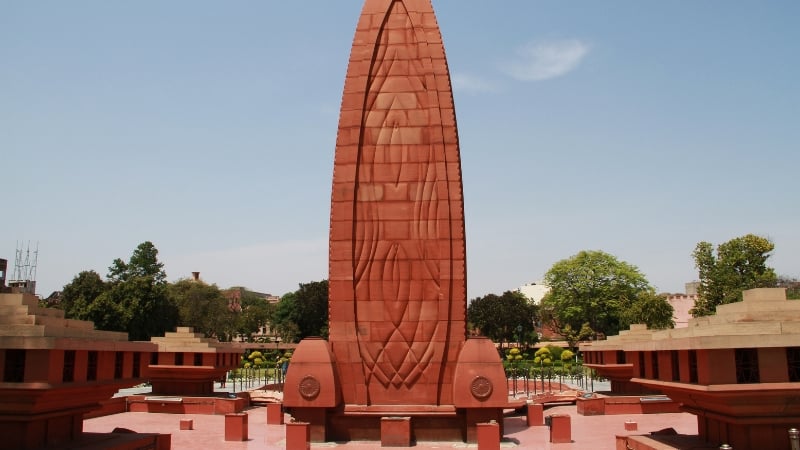
Image credit: Landscape via Getty Images Pro
On 13 Apr 1919, a horrific massacre rocked Amritsar in India. Soldiers fired on a peaceful crowd, killing hundreds of unarmed people. Today, Jallian Wala Bagh honours those who died. For instance, bullet holes mark its walls, and a nearby well reflects the desperation of those who sought refuge. Ultimately, the site reveals the extent of colonial cruelty and underscores India’s long struggle for independence.
7. Cellular Jail, India
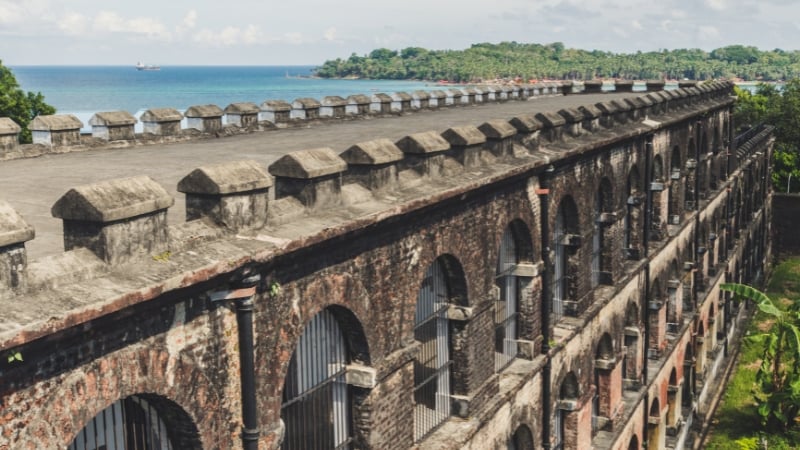
Image credit: Diy13 via Getty Images Pro
Locally known as “Kala Pani,” the Cellular Jail stands in the remote Andaman and Nicobar Islands. The British built it to isolate political prisoners fighting for India’s freedom. As a result, inmates suffered terrible conditions that left an enduring mark on India’s history. Today, it functions as a national memorial and features a museum, art gallery, and archival photos. Here, visitors can gain a deeper understanding of India’s struggle against colonial rule.
8. Death Railway Bridge, Thailand
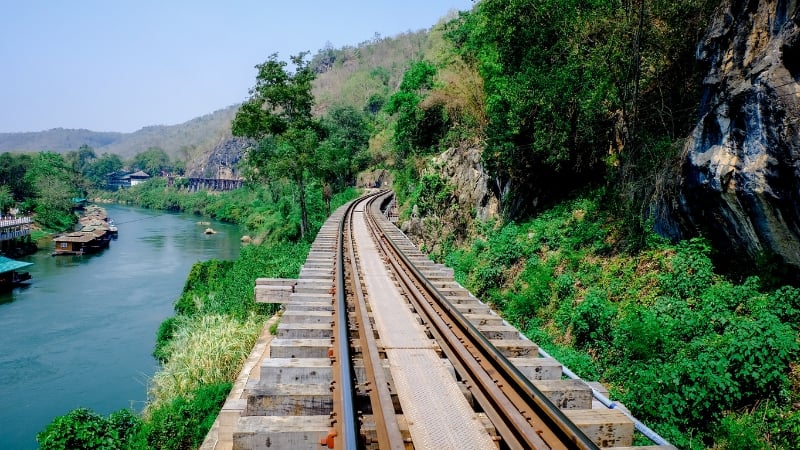
Image credit: Mahaaphoto via Getty Images
In Kanchanaburi, the railway bridge over the River Kwai (once called Mae Klong) remains a haunting World War II relic. The Japanese forced POWs to construct the Burma Railway, resulting in intense hardship and massive loss of life. Although the present bridge is partially reconstructed, its history still resonates deeply. Meanwhile, nearby museums, such as the Kanchanaburi War Cemetery and Hellfire Pass Memorial, provide further insight on these atrocities. Ultimately, these sites highlight war’s human cost and the survivors’ resilience.
9. Soi Sai Yood Bus Cemetery, Thailand
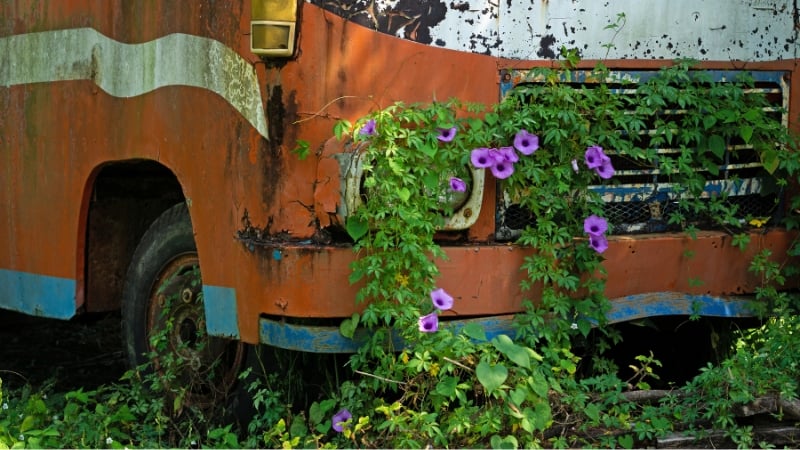
Image credit: Pressdigital via Getty Images
Soi Sai Yood Bus Cemetery offers a more contemporary look at tragedy. Here, crashed buses from fatal accidents form an eerie scene. Each rusted vehicle represents a life cut short, creating a grim atmosphere. Moreover, local lore on hauntings and spectral sightings adds to the site’s unsettling aura. Thus, visitors should come prepared for an experience that is both disturbing and thought-provoking.
10. Kranji War Memorial, Singapore
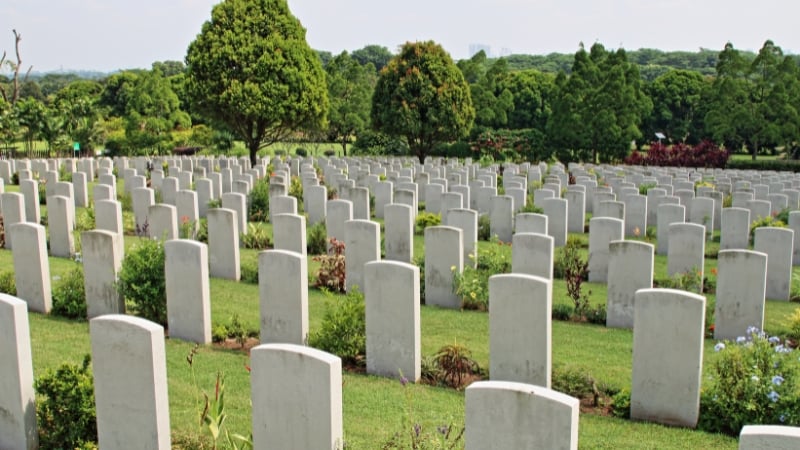
Image credit: EOSdude via Getty Images
Kranji War Memorial pays tribute to over 4,000 service members who died in World War II. Set on a gentle slope, it displays rows of white gravestones. Furthermore, walls list 24,000 Allied soldiers with no known graves. Previously, this space served as a military camp under Japanese invasion. Today, Kranji stands as a quiet reminder of personal stories buried beneath the numbers. Ultimately, a visit here encourages solemn reflection on war’s lasting impact.
Final Reflections: An Ode to Dark Tourism
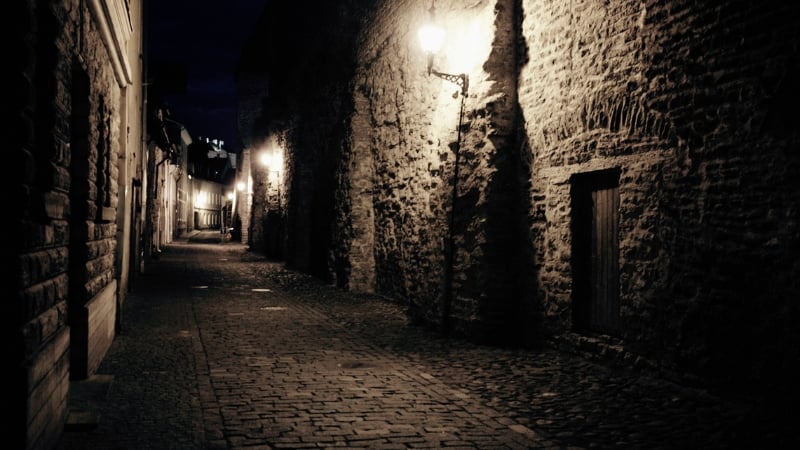
Image credit: Peeterv via Getty Images Signature
Each of these sites reveals more than a dark chapter in our shared history. They offer spaces for remembrance, education, and reflection. Whether you witness monuments honouring freedom fighters or encounter modern tragedies, you will find lessons that reach beyond typical tourism.
When approached with care, dark tourism forges meaningful connections to the past. It prompts us to recognise pain and resilience while urging us to learn from history’s mistakes. By visiting these locations, we honour those affected by tragedy and ensure their stories continue to teach and inspire future generations.
If you missed our original article on dark tourism and a guide on ethical travel to these destinations, click the link below to read all about it.
Also read: 10 Dark Tourism Destinations and a Guide to Ethical Travel




